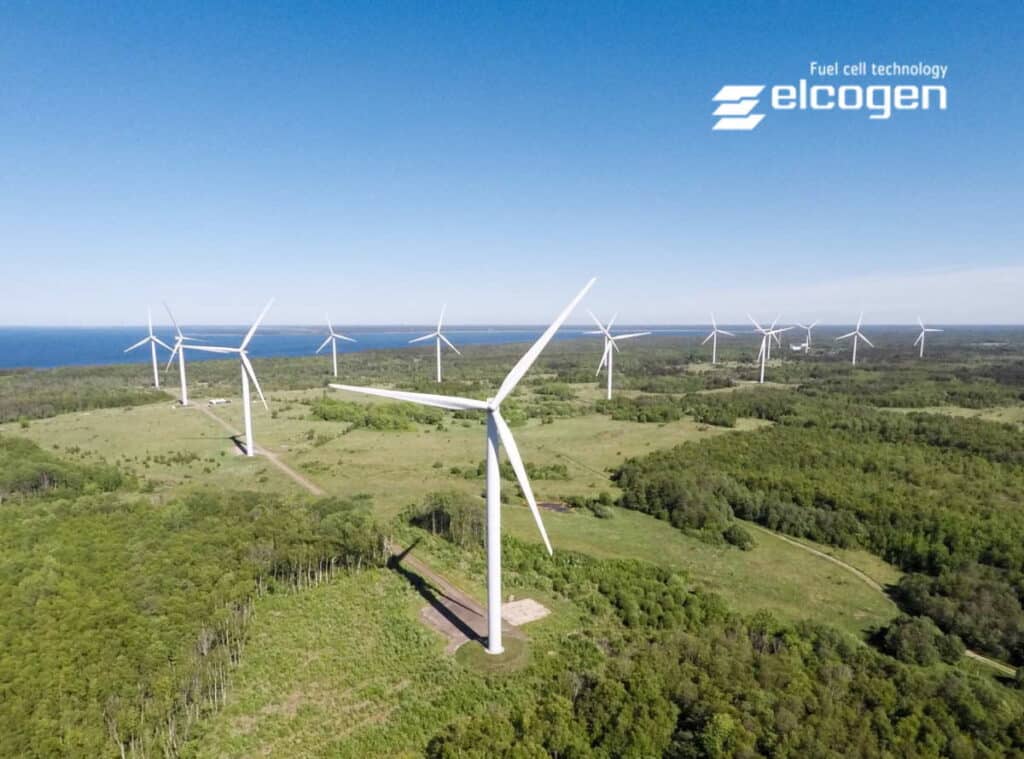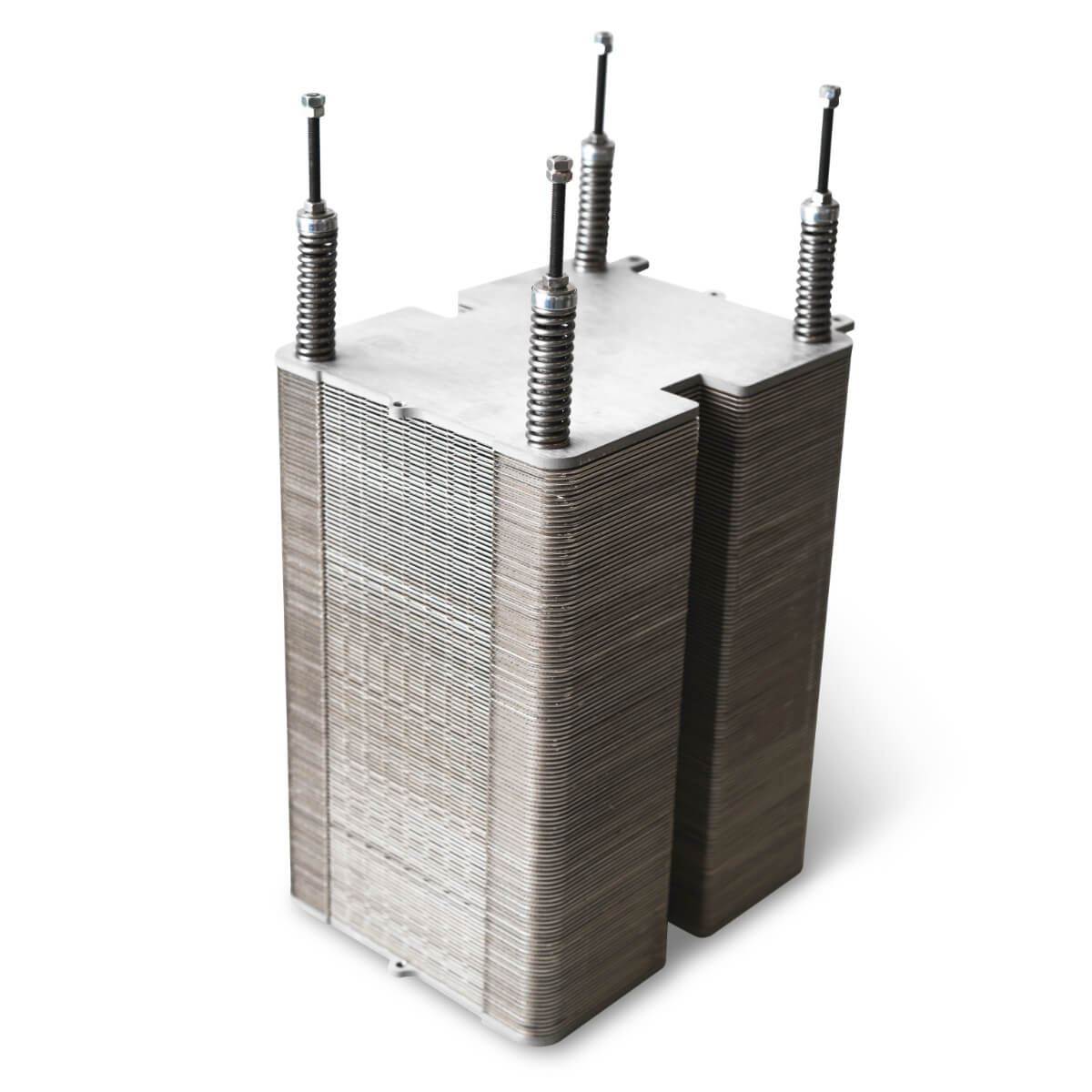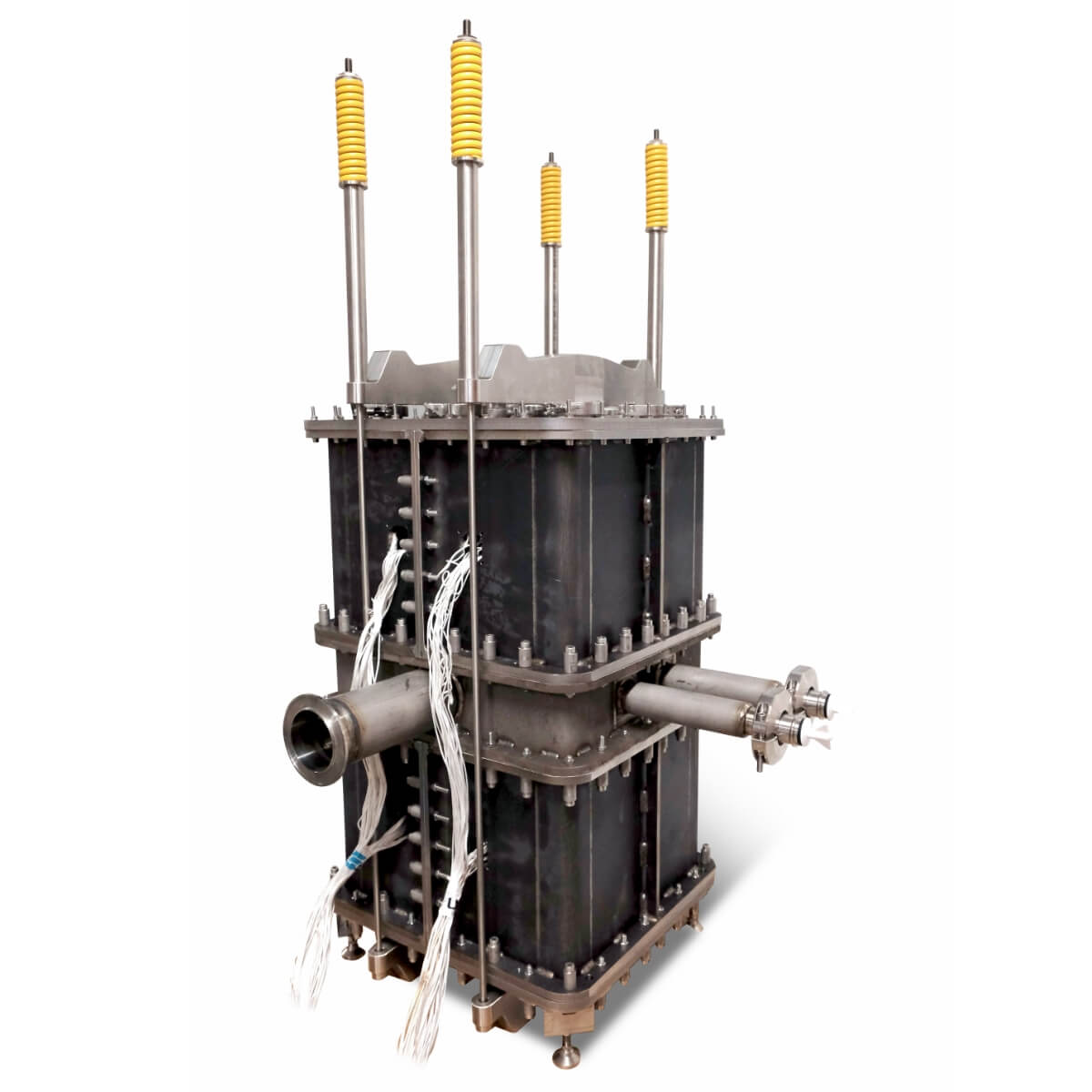With great enthusiasm, Elcogen welcomes European Commission’s freshly published long-term climate and energy strategy. In order to meet the targets, European Union is dedicated to invest into hydrogen and climate-neutral change up to 470 billion euros by 2050. The strategy is paving the way into Europe’s new industrial era where Elcogen’s technology has the key role.
To meet the target of climate-neutral EU by 2050, the priority is to develop renewable hydrogen, produced using mainly wind and solar energy. Renewable hydrogen is the most compatible option with the EU’s climate neutrality and zero pollution goal in the long term and the most coherent with an integrated energy system. The choice for renewable hydrogen builds on European industrial strength in electrolyser production, will create new jobs and economic growth within the EU and support a cost-effective integrated energy system.
For Elcogen the new EU Green Deal means that the fuel cells are now considered not only mainstream but the priority power generation and storage technologies. Elcogen’s technology enables to store wind and solar energy into renewable hydrogen and if needed to convert the hydrogen into electricity again. Elcogen commercial grade 3 kW stack is measured world record high electrical efficiency of 75,3% at 2/3 from its rated power and can be operated near to 100% efficiency in electrolysis mode when producing hydrogen at 3 Nm3/h rate. With the support of EU climate-neutral targets, Elcogen aims to become world’s leading producer of commercial SOFC/SOEC cells and stacks.
New vision, principles and guidelines of Europe’s new energy strategy are:
- A more ‘circular’ energy system, with energy efficiency at its core. Least energy intensive choices are prioritized, unavoidable waste streams are reused for energy purposes, and synergies are exploited across sectors like in combined heat and power plants.
- Accelerating the electrification of energy demand, building on a largely renewables-based power system. The rapid growth and cost competitiveness of renewable electricity production can service a growing share of energy demand.
- Promote renewable and low-carbon fuels, including hydrogen, for end-use applications or hard to-decarbonise sectors where direct heating or electrification are not feasible, not efficient or have higher costs.
- Making energy markets fit for decarbonisation and distributed resources. In an integrated energy system, trustworthy and efficient markets should guide customers towards the most energy-efficient and cheapest decarbonisation option, on the basis of prices that properly reflect all the costs of the energy carrier used.
According to the “A hydrogen strategy for a climate-neutral Europe”, cumulative investments in renewable hydrogen in Europe could be up to EUR 180-470 billion by 2050 , and in the range of €3-18 billion for low-carbon fossil-based hydrogen. Combined with EU’s leadership in renewables technologies, the emergence of a hydrogen value chain serving a multitude of industrial sectors and other end uses could employ up to 1 million people, directly or indirectly. Analysts estimate that clean hydrogen could meet 24% of energy world demand by 2050, with annual sales in the range of €630 billion.



